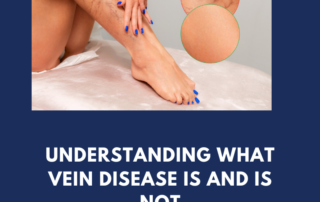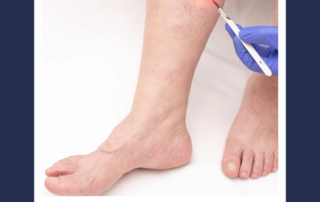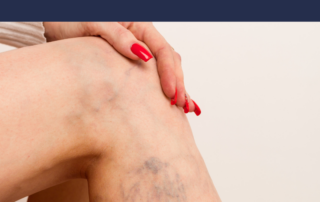Understanding what vein disease is and is not
Understanding what vein disease is and is not
Venous reflux disease, alternatively referred to as venous stasis, venous insufficiency, or venous incompetence, is a complex condition affecting the veins of the legs. In this article, we will delve into the details of venous reflux disease, from its causes and symptoms to the […]














